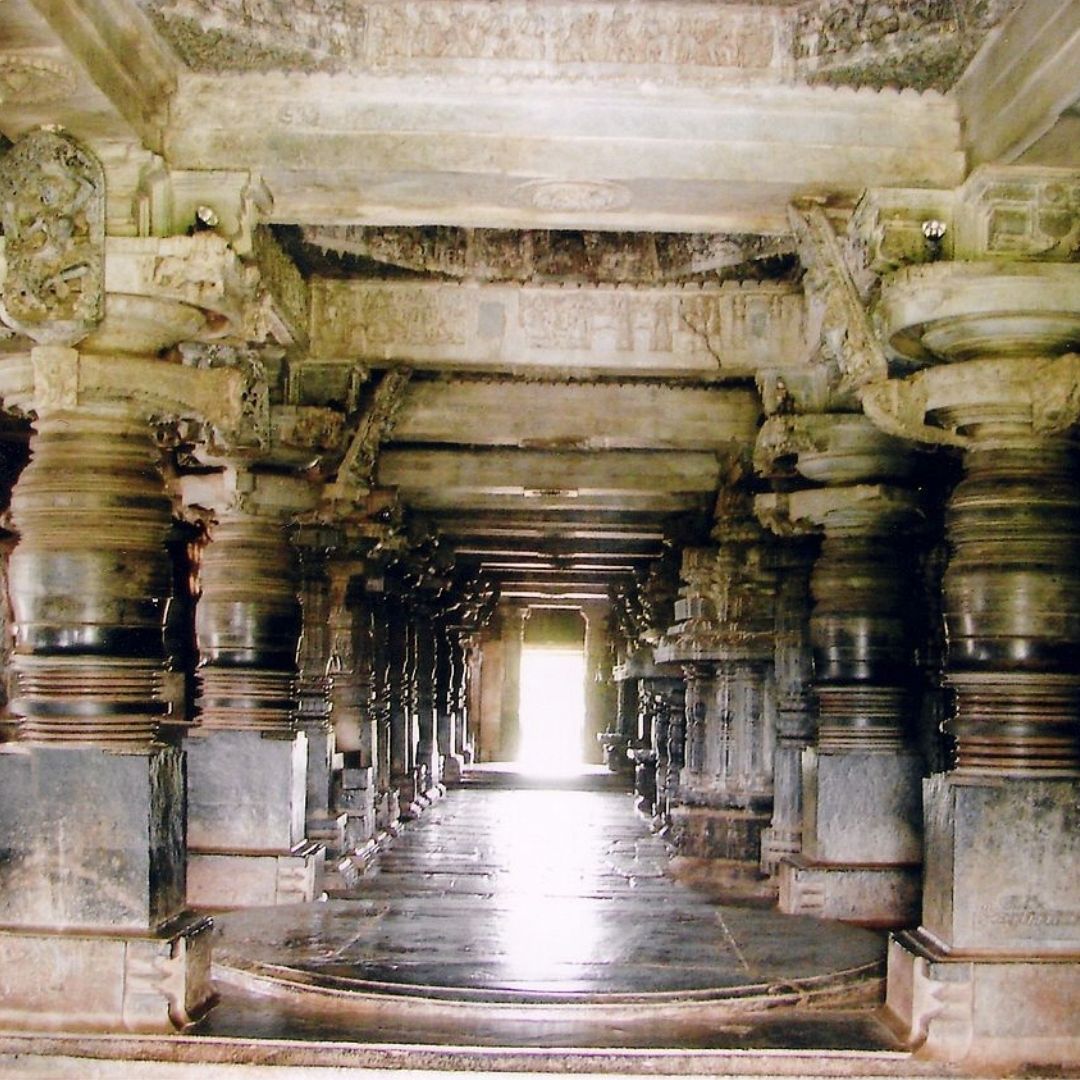
Image Credit: Wikipedia
World Heritage Site: India Finalises Karnataka's Hoysala Temples For Nomination
Writer: Ratika Rana
Her primary objective is to inform, promote, educate and cultivate readers through writing.
Karnataka, 1 Feb 2022 8:23 AM GMT
Editor : Ankita Singh |
A literature lover who likes delving deeper into a wide range of societal issues and expresses her opinions about the same. Keeps looking for best-read recommendations while enjoying her coffee and tea.
Creatives : Ratika Rana
Her primary objective is to inform, promote, educate and cultivate readers through writing.
The Hindu Temple Architecture between the 11th to 14th centuries was built under the rule of the Hoysala empire. The Hoysala architecture was at its peak during the 13th century and dominated the Southern Deccan Plateau region.
India has zeroed upon the Hoysala temples of the Belur, Halebid and Somnathapura in Karnataka as the nomination for World Heritage Sites for the year 2022-23. The sacred ensembles have been on UNESCO's tentative list since April 2015. The Hoysala architecture is the building style of Hindu Temples under the rule of the Hoysala empire.
The architectural influence was at its peak during the 13th century, and it influenced a significant area in the Southern Deccan Plateau. Large and small temples built during this era remain examples of the Hoysala architectural style, including the Chennakesava Temple at Belur, the Hoysaleswara Temple at Halebidu, and the Kesava Temple at Somanathapura.
Permanent Delegation Of India
The Permanent Delegation from India shared the information with United Nations Educational, Scientific and Cultural Organisation (UNESCO) in Paris. The Indian delegation said in a statement, "The Permanent Delegation of India is very pleased to announce that on the occasion of World Hindi Day, the Director of the World Heritage Centre has informed us that UNESCO's World Heritage Centre has agreed to publish Hindi descriptions of India's UNESCO World Heritage sites on the WHC websites. We welcome this historic decision", LiveMint reported.
UNESCO is likely to communicate back by early March, after which the site evaluation would have between September and October this year. In 2023, the dossier would further be taken up to consider granting the prestigious tag upon the ancient sites.
History Of Hoysala Temples
The Hoysala temples were never limited to any particular tradition and encouraged pilgrims from different Hindu devotional backgrounds. While the temples were dedicated to two famous Hindu Gods, Vishnu and Shiva, some temples also propagated the Jain faith. The temples dedicated to Shiva house a Shiva Linga, the symbol of fertility and the universal symbol used for God. Moreover, the temples dedicated to Lord Vishnu, known as Chennakeshava, meaning "Beautiful Vishnu", sometimes also have Goddess Lakshmi, his consort, at his feet.
The temples are already protected monuments under the Archeological Survey of India. The State government would now work towards preserving the monuments, which would add to the visual integrity of the place.
Also Read: India's Mega Projects: Denied GPS During Kargil War By US, ISRO Developed NavIC
 All section
All section














